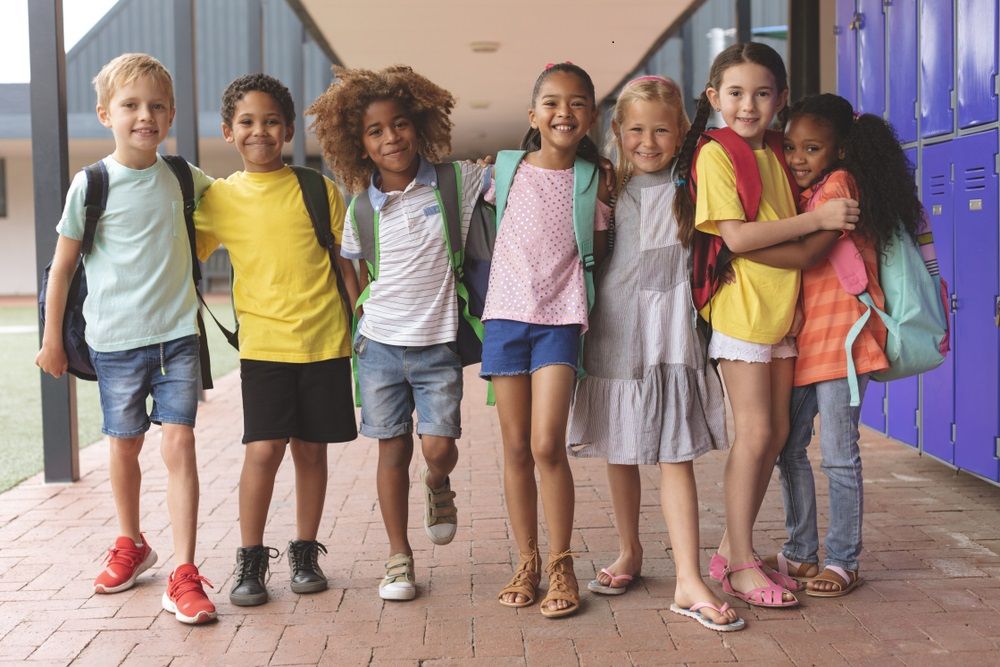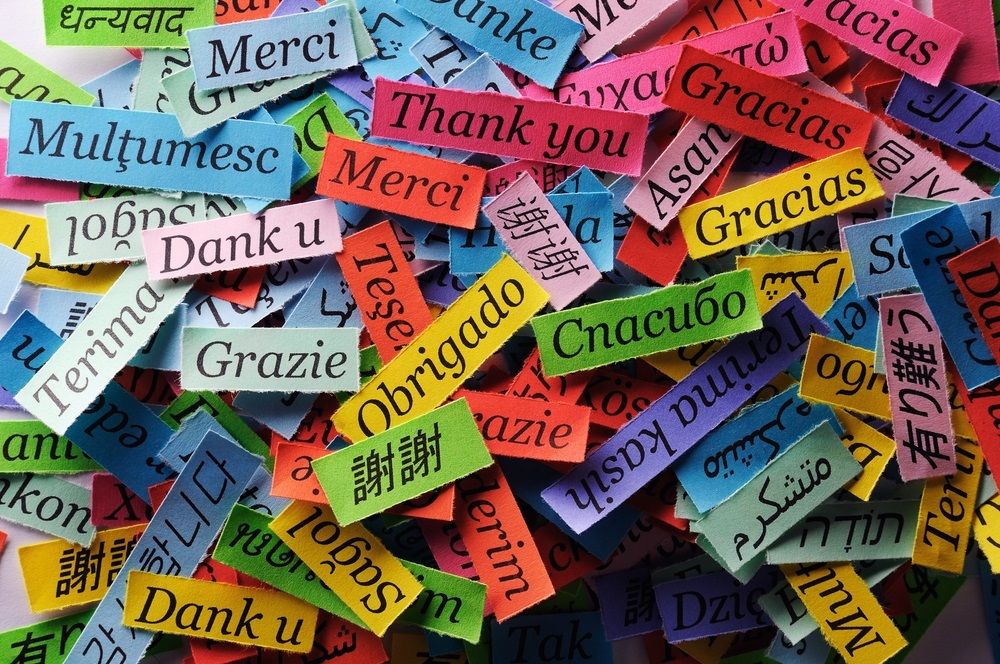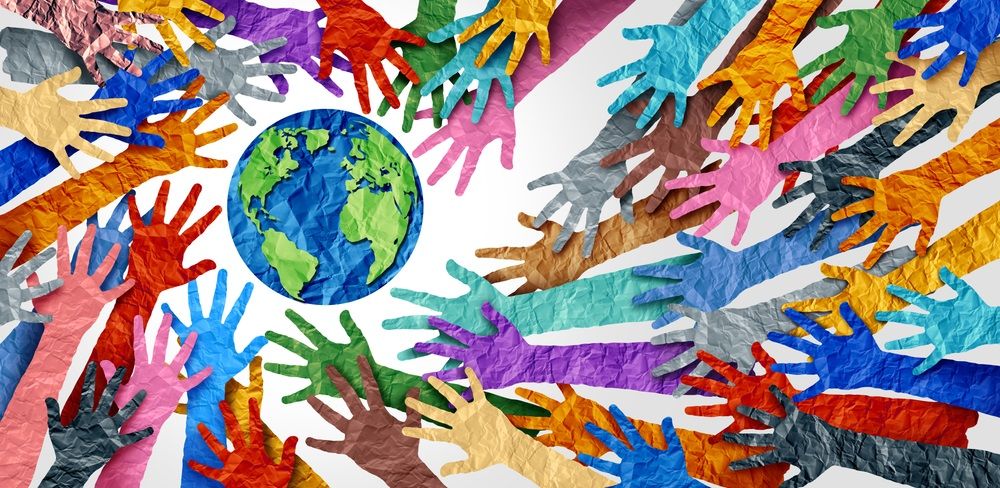
When children ask uncomfortable questions about someone’s appearance or characteristics, our instinct may be to silence them. However, these moments provide valuable opportunities to teach children about respecting differences and similarities within our community. By briefly and objectively responding to their inquiries, we can help children understand their own identity regarding race, culture, religion, and family history while introducing concepts from various fields of knowledge.
Contents
- 1 What is Cultural Awareness?
- 2 1. Introduce Multilingual Phrases
- 3 2. Explore Diverse Children’s Books
- 3.1 1. It’s Okay to be Different (diversity)
- 3.2 2. We All Belong (diversity)
- 3.3 3. Same, Same But Different (culture and geography)
- 3.4 4. Where Does God Live (religion)
- 3.5 5. Over the Moon (adoption)
- 3.6 6. Don’t Call Me Special (disabilities)
- 3.7 7. My Brother Sammy (autism)
- 3.8 8. The Family Book (different family configurations)
- 4 3. Foster Experiences and Cultural Exposure
- 5 4. Be a Powerful Role Model
- 6 5. Embrace Similarities and Differences
- 6.0.1 How can teaching multilingual phrases promote cultural awareness?
- 6.0.2 How do diverse children's books contribute to cultural awareness?
- 6.0.3 Why are firsthand experiences important for cultural awareness?
- 6.0.4 How can parents be powerful role models for cultural awareness?
- 6.0.5 Why is it important to embrace similarities and differences?
What is Cultural Awareness?
Cultural awareness refers to understanding different cultures, including their customs, traditions, values, and perspectives. It involves recognizing and appreciating the diversity within societies and its impact on individuals and communities. Cultural awareness allows individuals to interact respectfully and effectively with people from diverse backgrounds, fostering inclusivity and promoting positive social relationships. Developing cultural awareness is crucial for children as it helps them navigate an increasingly multicultural world and promotes empathy, respect, and acceptance of others.
Teaching children about cultural awareness different cultural backgrounds, and diversity is a valuable endeavor that promotes inclusivity, and fosters respect for different cultures. By instilling these values early on, we can help children develop a global mindset and become culturally aware individuals. This article will explore five practical tips to teach children about cultural awareness and diversity. Let’s embark on this enriching journey together.
1. Introduce Multilingual Phrases

Teaching your children words in the native languages of your family is a personal way to introduce them to different cultures and family histories. Start with fundamental phrases, such as “I love you.” It connects them to their heritage and cultivates an appreciation for diverse languages.
Additionally, consider teaching them basic phrases like “thank you” in languages spoken by their classmates, fostering respect for diversity and potentially forming new friendships. Numerous translation apps are available to assist in this language-learning endeavor.
2. Explore Diverse Children’s Books
 Children’s books are powerful resources for nurturing a child’s understanding of their identity and fostering empathy towards those who are different. Visit your local library and seek books that celebrate diversity in terms of race, family composition, religious beliefs, and abilities. Some recommended titles include:
Children’s books are powerful resources for nurturing a child’s understanding of their identity and fostering empathy towards those who are different. Visit your local library and seek books that celebrate diversity in terms of race, family composition, religious beliefs, and abilities. Some recommended titles include:
1. It’s Okay to be Different (diversity)
2. We All Belong (diversity)
3. Same, Same But Different (culture and geography)
4. Where Does God Live (religion)
5. Over the Moon (adoption)
6. Don’t Call Me Special (disabilities)
7. My Brother Sammy (autism)
8. The Family Book (different family configurations)
These books will spark meaningful conversations and broaden your child’s perspective.
3. Foster Experiences and Cultural Exposure
While books provide valuable insights, firsthand experiences profoundly impact a child’s understanding of different cultures. Here are some hands-on activities you can try:
Encourage cross-cultural friendships: Support and encourage your child to develop friendships with individuals from diverse racial, ethnic, religious, and ability backgrounds.
Explore diverse cuisines

Introduce your child to foods from different cultures. Explore recipes together and try classic pork and cabbage dumplings or kimchi, exposing them to new flavors and culinary traditions.
Attend cultural events and festivals

Participate in events or festivals celebrating a particular ethnic group, holiday, or personal accomplishment. Examples include the Special Olympics, the Chinese New Year, and the Hindu Festival of Colors. These experiences immerse your child in cultural celebrations and traditions.
Visit museums
Whether focused on children or history, museums offer a wealth of artifacts from different cultures and countries. Before visiting, engage your child in a conversation about what they will see and what they are interested in learning. This approach helps focus their attention and makes the museum visit more engaging and enjoyable.
Watch movies set in other cultures
Select movies that are set in different cultural contexts, such as “My Neighbor Totoro,” “Kirikou and the Sorceress,” or “The Red Balloon.” These films provide glimpses into diverse cultures and spark curiosity.
4. Be a Powerful Role Model
While the activities above contribute significantly to cultural awareness, the role model of a child’s parent(s) is the most influential factor. Children learn cultural sensitivity and respect by observing adults who demonstrate these qualities and actively stand against bias, racism, or insensitivity.
Adults need to adopt a “strengths-based” perspective when discussing individuals different from their children. Emphasize positive characteristics, abilities, and individual contributions, highlighting how differences enrich our world.
5. Embrace Similarities and Differences

By helping your child understand and respect both similarities and differences, you empower them to appreciate their unique qualities while acknowledging the diversity around them. Encourage open conversations about cultures, traditions, and customs.
FAQs (Frequently Asked Questions)
Introducing children to phrases in different languages connects them to their heritage and helps them appreciate diverse cultures. It cultivates an understanding and respect for different languages while fostering a global perspective.
Diverse children’s books expose children to various cultures, helping them develop empathy, understand different family compositions, and appreciate the beauty of diversity. They serve as powerful tools for nurturing understanding and acceptance.
Actual experiences profoundly impact a child’s understanding of different cultures. By engaging in cross-cultural friendships, attending cultural events, exploring diverse cuisines, and visiting museums, children gain firsthand exposure and develop a deeper appreciation for cultural diversity.
Parents can model cultural sensitivity and respect by demonstrating inclusive behavior, taking a stand against bias or insensitivity, and highlighting the positive contributions of individuals from diverse backgrounds. By doing so, children learn the importance of embracing cultural diversity.
Embracing similarities and differences helps children develop a well-rounded perspective and appreciation for their unique qualities and those of others. By fostering an environment that celebrates diversity and promotes inclusivity, children learn to navigate the world with respect and understanding.
Conclusion
Teaching children about cultural awareness and diversity is a journey that shapes their worldview and instills valuable life skills. By incorporating these five tips—introducing multilingual phrases, exploring diverse children’s books, fostering cultural experiences, being a role model, and embracing similarities and differences—, you empower your child to become a culturally aware individual. We can build a more inclusive and harmonious society through understanding, empathy, and respect.
Ready to provide your child with an enriching and inclusive learning environment? Visit DeeCyda Child Care and Learning Center, where cultural awareness and diversity are celebrated. Our experienced educators are dedicated to nurturing your child’s curiosity, fostering respect for all cultures, and promoting a love for learning. Explore DeeCyDa’s cultural awareness-based programs and facilities and give your child the gift of cultural awareness.
Reference
https://www.mylittlemoppet.com/activities-to-teach-kids-about-diversity/

